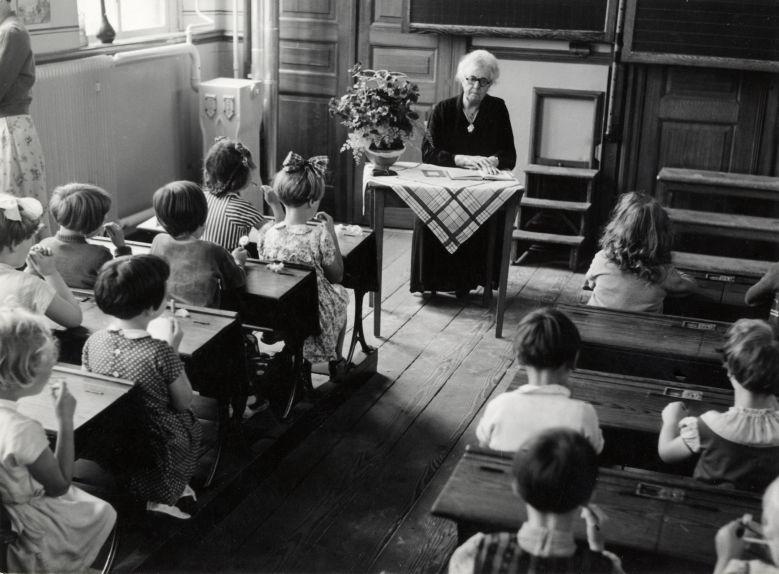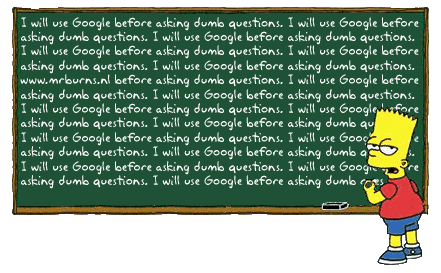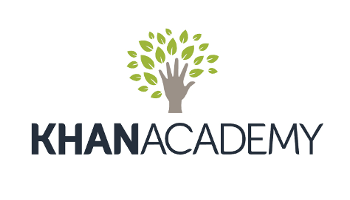Technology and Higher Education: Big Changes are Here

Over the past thirty years, technology has transformed the way we live our lives. From tablets to social media, life is changing at a rapid pace, leaving many in the dust. One area that still seems resistant to change is education. Education is big business, spending over $597 billion dollars on K-12 students. While I believe this is important, I think times are changing, and technology is fueling a shift in the way we learn. No longer are students sitting in classrooms, but instead they have the opportunity to learn at their own pace. Put simply, the Internet has changed everything.
Over the past few years, higher education has become more and more expensive. Student debt has passed credit card debt at nearly 1 trillion dollars. Students attend school with the expectation of a good paying job, and when it doesn’t happen, they protest and camp out for months at a time. College has become more outdated, while technology and the internet are offering the world at our fingertips. Something needs to change, and it’s gonna be higher education.
Let me explain why higher education is going to be pummeled over the next decade.
Accessibility of Information
Let’s say the year was 1980, and I had a research project that was due. I would go to the library, sift through books for hours, and hopefully find information that was I could include in my essay. If I couldn’t find anything, I would visit another library and do the same thing again. Now, we have the internet. Search engines enable us to find relevant content in less than a second.
What’s my point?
Learning no longer has geographical limitations. Billions of books are available to us, all we need to do is search. No one is hoarding information, instead it is accessible and easy to find. While this change is less than twenty years old, it sets the stage for the rest of my post.
Quality Teaching
Universities like Harvard, MIT, and Princeton have some of the best professors in the world. They are top-notch, and in the past have only been available to students at these schools. Now, options like MIT OpenCourseware, Yale Courses, Stanford, and Harvard Open Learning are available, all for the low price of FREE. I have access to some of the best teachers in the world; all I need to do is show initiative.
Startups are trying to break into the education market. Companies like Udemy, Khan Academy, and Skillshare are all taught by “teachers” offering content for little or no cost. To be honest, I no longer think students can “blame it on the professor.” I understand that a professor can inhibit learning, but once again, students can learn everything they need to online.
Over the past few months, Sebastian Thrun has stopped teaching at Stanford, and has instead started Udacity. He recently finished up teaching his first class (Introduction to Artificial Intelligence) which had over 160,000 students.
Pace
I think one of the major complaints with education today is that overachieving students are forced to slow down with the pace of the class. While many teachers enable these students to work on other projects, technology has a better solution. Software driven learning has the ability to tailer certain questions to reinforce learning. For college classes, I have used the McGraw-Hill Connect program, and it works decent. Much more should be done, yet I’ve seen great results for the classes I have taken with this program.
Video technology has also allowed students the ability to rewind, and replay lectures. In class I have the tendency to lag behind – it takes time for me to understand concepts. As a result, I can become bewildered. With online education, I have control over how fast or slow I learn.
Lastly, I believe fear plays a significant role. Many students will not ask crucial questions simply because they are scared. As a result, they can miss important concepts and fall behind very quickly, especially when each topic builds on another.
The End Result?
I think these changes are giving the power of learning back to the student. Quality instruction is readily available, all that is required is motivation.
Trust me, technology should not replace human interaction. Classrooms are important for developing social skills, yet I think we will see considerable movement towards “distance learning.” This is exciting; I am able to learn anything/everything I want from the middle of the woods in Maine!

